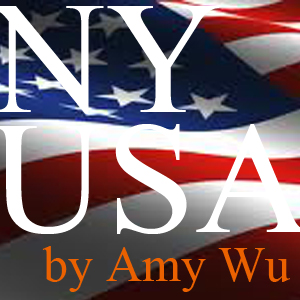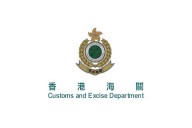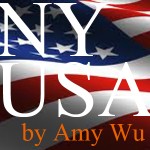It is almost embarrassing to admit, but my time in Hong Kong has often been defined by dim sum, shopping malls, and most of that within the confines of my own neighborhood.
I became caught up in the hustle and bustle of what some call the rat race: queuing up for the mini bus, squeezing into the MTR mosh pit, hurriedly refilling the Octopus, and not really seeing or appreciating the uniqueness of the city.
When friends visited I would bring them (sigh) once (not) again to the obvious places—The Peak, the Star Ferry ride, the tram ride, Stanley and swing by Ocean Park. “What else is there?” I asked somewhat sarcastically.
Hong Kong indeed is not everyone’s cup of tea – especially for non-urbanites. Even loyalists can easily find areas to dislike — air quality, the dense crowds, the stifling heat and humidity in the summer, and in recent years the complexities, frustrations and anxieties related to Hong Kong’s identity — politically, economically and even culturally — as a Special Administrative Region.
But with all of the recent news in the U.S., tragedies from bombings to shootings, and the threat of lethal viruses such as H7N9 from the north, Hong Kong is a relatively safe haven.
A month before heading back to my homeland to visit family and pursue studies, I recently found myself drawing up a “Top 10 Reasons Why I Love Hong Kong” list, starting with the excellent and cheap public transportation, the relatively inexpensive taxis, the cleanliness, the low taxes, the food. And as my grandmother always says it is hard to get too depressed in Hong Kong since there is always the ready view of fellow neighbors’ apartments or the skyline.
According to the 2013 Economist Intelligence Unit (EIU) Hong Kong is the 10th best country to live in with the U.S. a paltry 16th. Geography, crime, and the public health system, were factors in the ranking too. Hong Kong and Singapore were the only too Asian cities on the list.
As exciting as Mainland China could be, with its fast-growing cities and money-making potential, I always felt like I could exhale whenever I crossed the border back to Hong Kong. “It’s like returning to civilization,” I would say Starbucks and all. In the grand scope of world cities there aren’t too many cities that offer safety with a blend of spark, spunk and messiness. Tokyo and Singapore are just too squeaky clean.
Maybe Hong Kong can sell itself on being a safe haven, which is priceless. It is certainly a strong selling point for a world-class city and within the Asia-Pacific region.
A few months ago I stood on the top of Lion Rock Trail speechless. Here was another Hong Kong, a side of the city that I had never seen or imagined in my six years as a resident. More than 1,700 feet above was an eagle’s view of the residential complexes sandwiched between Kowloon Tong and Tai Wai.
“Oh wow, amazing. I never knew about this,” I repeated like a mantra. “I can’t believe this is Hong Kong.”
The excursion was a reminder to me of how easy it was to live in a city, and not really appreciate its uniqueness unless one steps outside of the box.
Amy Wu




